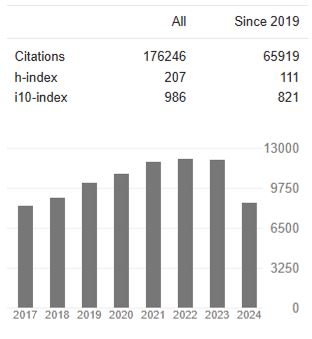Old and New Hypothesis to The Mechanism Underlying Opioid Addiction and A Novel Treatment: A Review
Abstract
Nachum Dafny
Previously we presented experimental evidence that the severity of drugs of abuse withdrawal behaviors is correlated with drug-related changes in baseline neuronal firing patterns in 14 regions of the brain that we studied. These 14 areas of the brain participate in reward and pain sensations as well in response to drugs of abuse. Based on these experiments we came to the following hypothesis: Repeated morphine exposure elicits a chain of molecular and cellular events that results in the modulation (disruption) of the baseline (spontaneous) neuronal activities from the initial state to the opioid-induced state which requires continuous morphine use to keep this new baseline (BL). Cessation of morphine consumption disrupts this new morphine modified BL. This BL neuronal activity disruption leads to the expression of the withdrawal. Activation of these brain areas by noninvasive transcranial current stimulation (NTCS) will provide a novel efficacious intervention to diminish the development of opioid tolerance and the severe symptoms of opioid withdrawal. NTCS, when applied to addicted animals when the morphine consumption is discontinued rewires the disrupted neuronal circuits activities and facilitates a return to the initial BL. This will lessen or eliminate the behavioral expression of the withdrawal symptoms. NTCS have the potential to obviate and/or supplement significantly the common treatments of addiction that employ medications with drugs in the opioid family and prolonged behavioral therapies. New approaches to the opioid crisis are badly needed since the current drug treatments require lengthy investments of times.




